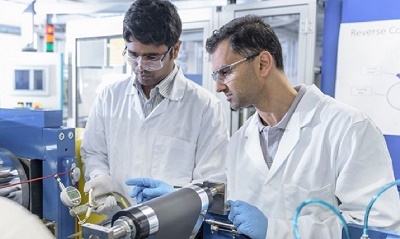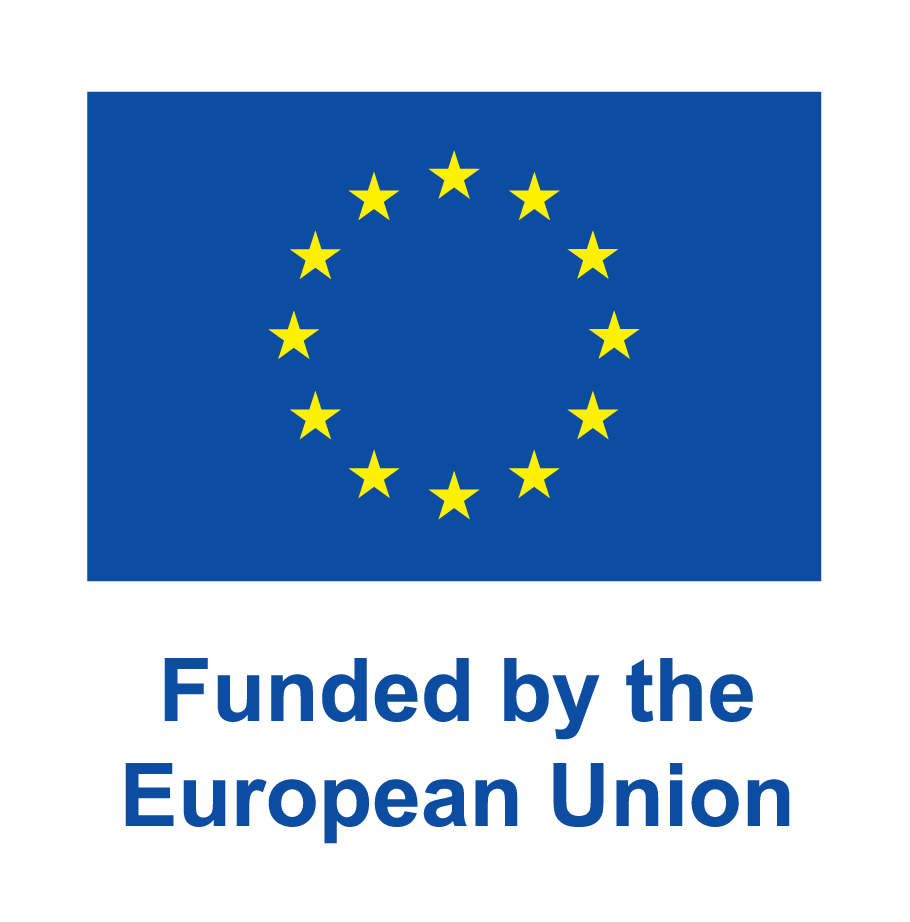EMN research in collaboration with the Organisation for Economic Co-operation and Development (OECD) and others on Skills Mobility Partnerships (SMPs). SMPs are bilateral or multilateral cooperation agreements between EU Member States and non-EU countries. The aim of the agreements is to increase the skills of (labour) migrants, for example through training or internships, in order to stimulate development in the countries concerned.
Study: Skills Mobility Partnerships, innovative approaches to labour migration to the EU
Study: 'Skills Mobility Partnerships: exploring innovative approaches to labour migration to the EU'
Research period - 2017-2021
Participating countries - Belgium (BE), Bulgaria (BG), Cyprus (CY), Germany (DE), Estonia (EE), Finland (FI), France (FR), Greece (EL), Hungary (HU), Ireland (IE), Croatia (HR), Latvia (LV), Lithuania (LT), Luxembourg (LU), The Netherlands (NL), Austria (AT), Poland (PL), Portugal (PT), Slovenia (SI), Slovakia (SK), Spain (ES), Czech Republic (CZ), Sweden (SE)

Motivation and Scope
- In the New Pact on Migration and Asylum (2020), the European Commission emphasised the importance of new legal migration pathways for non-EU migrants. These migrants can help fill shortages in EU labor markets, provided they have the right skills. SMPs are one of the tools the European Commission is using to increase the skills of migrants.
- The EMN-OECD study 'Skills Mobility Partnerships, innovative approaches to labour migration to the EU' presents experiences of implementing SMPs and similar initiatives in the EU and worldwide. Challenges and benefits of the partnerships are discussed.
- The form and content of SMPs can vary, but they usually involve formalised cooperation at the international level involving multiple parties.
Research questions
1. Are Skills Mobility Partnerships (SMP) - or differently named schemes, agreements, or partnerships in line with the SMP definition - part of your overall labour migration and/or development assistance strategy or policy? Y/N, please explain.
- If yes, does the strategy or policy include specific target countries (at local/regional/national level) or regions (e.g. North Africa) for implementing these partnerships? Which countries (at local/regional/national level) or regions?
- If yes, has your Member State identified specific sectors/occupations/skills/qualifications targeted in these partnerships? Which sectors/occupations/skills/qualifications and why?
- What is the motivation/reasoning behind the strategy/policy?
- If no, have Skills Mobility Partnership been discussed publicly (e.g. parliamentary committee, policy recommendations, media)? If so, please provide a summary of the discussion.
2. Has your Member State concluded and/or financed any Skills Mobility Partnerships (SMP) in the past five years (2017-2021)? Y/N.
If yes, what category/categories of partnerships: (1) Training in the origin country with the option of employment in the destination country; (2) Scholarships for international students in higher education in destination country; (3) Internships and training in destination country, (4) Sectoral recruitment programmes (e.g. in nursing), in which destination country bodies work with partner institutions or recruiters in the country of origin to train specific requirements (e.g. language); (5) Vocational Training in the country of origin following destination-country standards; (6) Vocational training in the destination country; (7) Other, please explain.
For each category of partnership concluded and/or financed, please answer the following questions:
- How many SMPs of this category are/were concluded and/or financed?
- With which countries?
- For which sectors/occupations/skills/qualifications?
- Who are/were the stakeholders involved in the origin and destination country?
- What is/was the funding amount? Who provided the funding?
- How is/was the migration component organized? What was the nature of the migration (temporary, permanent, circular)? Was the partnership(s) implemented within existing legal migration pathways or did your Member State create new ones?
- How is/was the development component of the partnership(s) organised (e.g. trained beneficiaries remaining in the origin country, contribution to local job growth and infrastructure)?
- As part of the partnership(s), is/was there a transfer of vocational education and training (VET) systems/standards (e.g., national curricular, dual VET)?
- Do the partnership(s) include any safeguards regarding the following aspects: integration (e.g., pre-departure or post arrival trainings of the participants, support for employers and returning migrants); brain drain; fair recruitment process; fair working conditions in destination country; non-discrimination and equal treatment?
- Have the aims and objectives of the partnership(s) been achieved? Will the partnership(s) be expanded or scaled up?
- Have the partnership(s) been evaluated in terms of their effects, impacts, and/or challenges (operational or other) and if so, what was the outcome? Please provide the sources.
3. Is there a good-practice partnership your Member State would like to share with the EMN? If so, please mention:
- Title of the partnership
- Details about the partnership (countr(ies); sectors/occupations/skills/qualifications; target groups; number of participants; stakeholders and their roles (including the role of migrants and/or diasporas); funding; labour migration and development component; safeguards; etc.)
- Why is this partnership considered as a good practice and by whom? Please provide the source.
Publications EMN: ‘Skills Mobility Partnerships: exploring innovative approaches to labour migration to the EU'
- EMN Inform, 3 March 2022
- EMN Press Release, 3 March 2022
Publications EMN Netherlands: ‘Skills Mobility Partnerships: exploring innovative approaches to labour migration to the EU'
- News item: 'Skills Mobility Partnerships as a policy tool for migration skilled migrants in the EU', 16 March 2022


